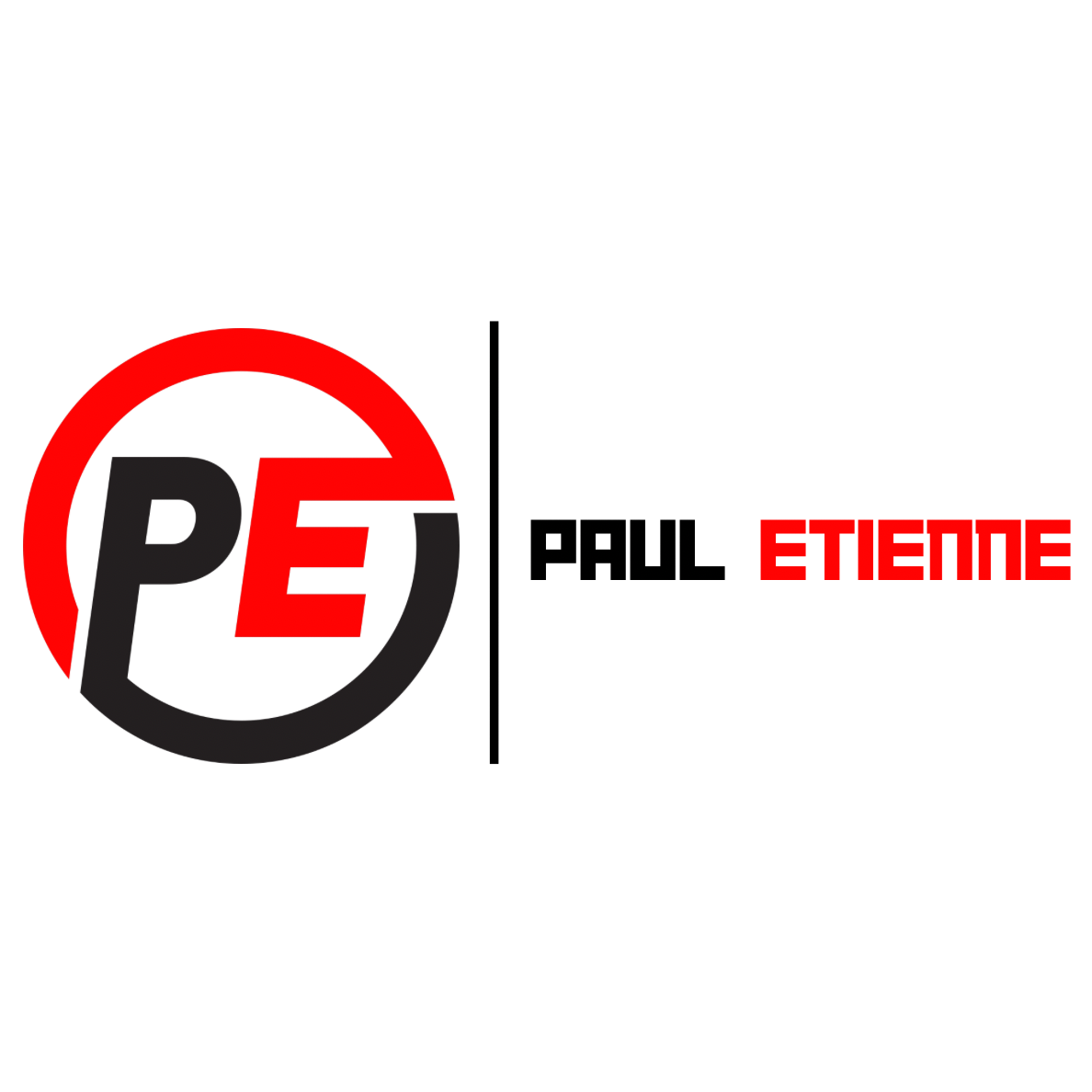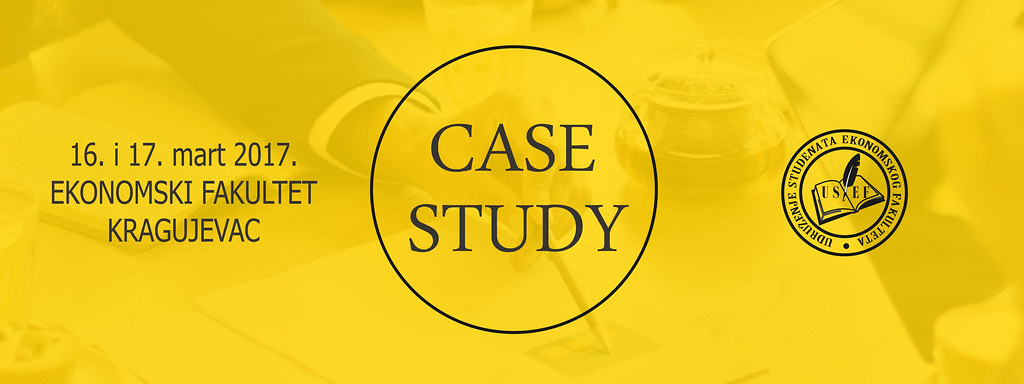In the ever-evolving landscape of finance and business, compliance with legal regulations and financial reporting requirements is paramount. Navigating these intricate legalities can be a daunting task for businesses of all sizes. In this article, we will delve into the essential aspects of financial reporting and compliance, shedding light on why it’s crucial and how to effectively manage it.
Understanding Financial Reporting and Compliance
Financial reporting refers to the process of disclosing a company’s financial performance to internal and external stakeholders. It encompasses various financial statements, such as income statements, balance sheets, and cash flow statements, that provide a comprehensive overview of a company’s financial health.
On the other hand, compliance pertains to adhering to the laws, regulations, and industry standards governing financial reporting. These regulations differ from country to country and industry to industry, making it essential for businesses to stay informed and updated.
Why is Financial Reporting and Compliance Important?
- Transparency: Financial reporting promotes transparency, allowing stakeholders, including investors, creditors, and government agencies, to make informed decisions.
- Investor Confidence: Accurate financial reporting builds trust and confidence among investors, increasing the likelihood of investments and capital injections.
- Legal Obligation: Many countries mandate that businesses comply with specific reporting standards. Non-compliance can result in severe penalties and legal consequences.
Navigating the Legalities
Navigating the legalities of financial reporting and compliance requires a strategic approach. Here are some key steps to consider:
- Stay Informed: Continuously monitor changes in financial reporting regulations and compliance requirements in your industry and region.
- Seek Professional Help: Engage with financial experts or consultants who specialize in compliance to ensure accuracy and adherence to regulations.
- Implement Robust Systems: Invest in advanced financial reporting software that can streamline the process, reduce errors, and enhance data security.
- Regular Audits: Conduct regular internal audits to identify potential compliance issues and rectify them promptly.











